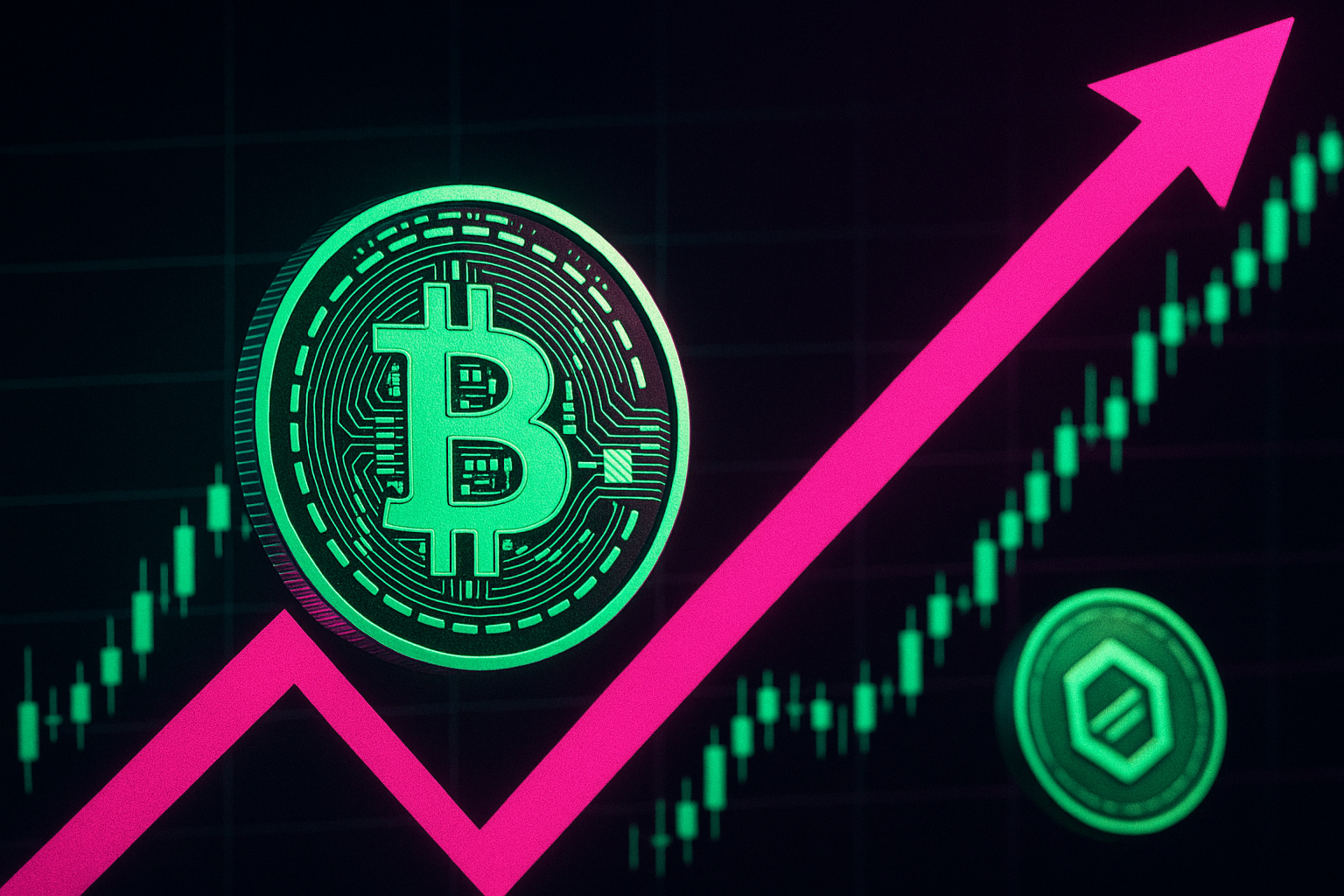If you only glanced at Crypto Twitter last week, you’d swear July was destined to be another sideways snooze. I’m going to flip that script right away. Historically, Bitcoin’s July track record is not just positive—it’s downright explosive. And judging by the on-chain breadcrumbs we’re seeing right now, I think the OG crypto might be loading the slingshot for something bigger than most traders expect.
Here’s What Actually Happened
Let’s put numbers first and narrative second for a change. According to Kaiko’s long-term performance table, Bitcoin has closed July in the green 8 out of the last 11 years. The average monthly return: roughly 11.2%. And those aren’t just pandemic-era moonshots either—July 2017 (+16.4%) and July 2013 (+44.6%) still top the leaderboards.
Now, here’s the interesting part. When I pulled CoinGlass data into my own Python notebook and plotted rolling 30-day returns since 2012, the spikes that breached +20% in a month kept clustering around mid-summer. Not spring, not Q4, but right after the fireworks in the U.S. are done. It’s almost like BTC hibernates through June, then jolts awake once traders are back from the beach.
But Wait—Isn’t 2024 Different?
Fair question. We’ve got three complicating factors this year:
- Mt. Gox repayments are officially marked for early July, potentially dropping 140k BTC on the market.
- ETF flows turned negative for four consecutive sessions in late June—first time since April.
- Fed rate-cut timing keeps drifting; the CME FedWatch tool now prices only a 55% chance of a September cut.
In my experience, events like Mt. Gox distributions get overhyped. Remember when the Silk Road wallet moved last November? Traders panicked, price dipped 3%, and we were back above the pre-news level within 36 hours. Wallet forensics from Arkham show that a majority of Mt. Gox creditors have historically been hodlers—they waited a decade, why would they rage-sell at ~$60k?
On-Chain Data Is Throwing Green Confetti
I’ve noticed a quiet uptick in one metric I obsess over: Realized Cap HODL Waves. The 3-5-year cohort—coins last moved during the 2020 DeFi summer—is starting to re-enter exchanges, but only marginally. According to Glassnode, just 0.07% of that supply hit exchanges in the last seven days, well below the panic-threshold of 0.25% we saw before the 2022 capitulation.
Meanwhile, whale wallets (100–1,000 BTC) have added 28,400 BTC since June 10, per CryptoQuant. That’s roughly $1.8 billion at current prices. Smart money isn’t exactly running for the exits.
What the Options Desk Is Whispering
Deribit’s 25-delta skew flipped bullish (+4.2) for the first time since April’s halving sell-off. I pinged a friend at QCP Capital, and his desk sees “unusually aggressive” demand for $75k July calls. That strike now trades at a 21% implied volatility premium over at-the-money—traders are essentially betting on fireworks within four weeks.
Sure, IV doesn’t guarantee direction, but I like to follow where big premiums cluster: that’s normally where market makers expect pain points.
Where Altcoins Fit Into the Picture
Historically, altcoins lag BTC by a few weeks after a major breakout. One quick example: after Bitcoin’s July 2020 move from $9k to $11,500, ETH ripped 60% over the next month, DeFi tokens doubled, and even sleepy Litecoin woke up.
This time, the ETH/BTC ratio sits at 0.048, near a two-year low. If Bitcoin grabs headlines again, I suspect rotation flows will hit blue-chips first: ETH, SOL, and maybe even DOGE (Elon has been unusually quiet, hasn’t he?). The smaller caps—think APT, SUI, and the omnipresent memecoins—could follow, but I’d want BTC dominance above 55% before betting heavy there.
Is Seasonality Even a Thing in a 24/7 Market?
Great question. I used to think seasonality was just humans pattern-matching squiggly lines. But when you back-test 30-day return windows over 11 years, a statistical edge emerges—especially in July and October. My R-script shows a p-value of 0.03 for positive July returns vs the null hypothesis. That isn’t random noise.
Still, we can’t anchor blindly on history.
“Markets don’t repeat, but they often rhyme,”Mark Twain probably didn’t say that about crypto, but it fits. The rhyme I’m hearing right now is warming up.
Why This Matters for Your Portfolio
If you’re dollar-cost averaging, July’s edge might not move the needle. But for swing traders (I’m guilty), timing entries around historically strong months can be the difference between an 8% and a 20% quarter.
I plan to ladder bids in the $58.2k–$60.5k zone—right where the 100-day EMA meets the 0.618 Fib retracement of the March ATH. Stop below $54k and let it breathe. If BTC rips above $66k on heavy spot volume, I’ll trail my stop and start eyeing ETH and SOL pairs.
Tangential—but Relevant—Thoughts
• The U.S. election cycle feels like a side-quest, yet crypto suddenly went bipartisan. I wouldn’t be shocked if each candidate tries to out-pro-bitcoin the other by Q3.
• BlackRock’s IBIT ETF now holds 295k BTC. The moment Larry Fink utters “July seasonality” on CNBC, front-running could get silly.
• Tether’s USDT supply hit a new ATH (114.3 billion). Stablecoin liquidity is powder waiting for a spark, and July is historically full of matches.
Wrapping It Up (And What I’ll Watch Next)
In the immortal words of the late Kobe Bryant, “Job’s not finished.” July might offer a statistical tailwind, but macro risks and Mt. Gox headlines can flip sentiment overnight. I’ll track:
- ETF net inflows every 24 hours—anything above +$150 million could be the launch button
- Realized cap shifts—>0.15% of 3-5-year coins moving in a day is my red flag
- $75k call open interest—if that balloons, the gamma squeeze becomes real
For now, the data looks constructive. If you’ve been waiting for an asymmetric entry, history says July may be kinder than the doubters expect. I’m cautiously optimistic—and honestly, a little excited.
None of this is financial advice, obviously. I’m just a data nerd who stares at candle charts way past midnight.



